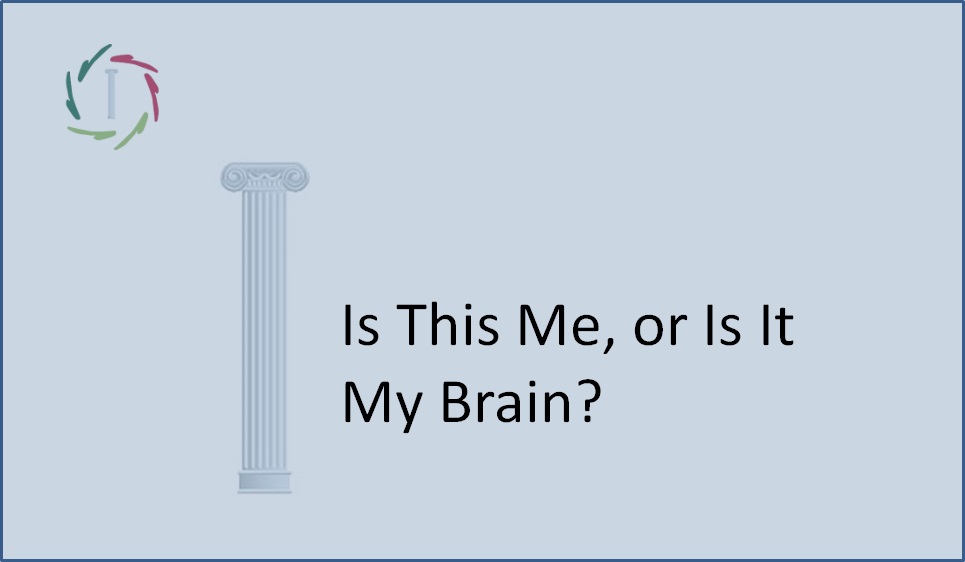The Broadness of Subconceptual Patterns

The concept of subconceptual patterns in the brain and their role in shaping cognitive and emotional experiences provides a key to understanding the complexity of the human mind.
These patterns are distributed across networks of neurons/synapses, each of which does not represent any concept.
See Patterns in Neurophysiology, where these patterns are called mental-neuronal patterns (MNPs) because they can be seen from a mental or neuronal perspective. See also Parallel Distributed Processing.
Distributed vs. Localized Patterns
In neurophysiology, patterns are frequently distributed across large networks of neurons. This distributed nature allows for a broader scope of influence within the mind, facilitating deeper, more intuitive processes such as creativity and inspiration.
This distribution may also explain why certain states like meditation or empathy feel expansive. Meditation, for instance, could involve a broad mental sweep across many neuronal patterns, creating a state of calm and clarity. Similarly, empathy could stem from a subconceptual overlap of patterns between individuals, allowing us to ‘feel’ another person’s emotions at a deep level, even if we’re not consciously aware of it.
Natural predilection
Interestingly, different people may have a natural predilection toward using either broader or more localized MNPs. This could explain why conceptually intelligent individuals sometimes struggle with emotional intelligence. ‘Distributed thinkers’ – those who rely on broader patterns – likely have richer emotional experiences and deeper intuitions because their processing includes more subconscious integration.
By contrast, localized MNPs tend to support linear, conceptual thinking, which is more focused and structured. This helps explain why some highly conceptually intelligent people might not be as emotionally adept, while ‘distributed thinkers’ may tap into more profound emotional experiences.
The ideal cognitive state may lie in the ability to synthesize broader and more localized patterns. This balance would enable a person to think conceptually while still accessing deep emotions and intuitions. Such synthesis could enhance both cognitive flexibility and emotional intelligence, leading to more comprehensive problem-solving and interpersonal understanding.
Empathy as overlap
The overlap of patterns in empathy can be understood in two ways. First, conceptually, through shared associations of ideas or emotions. Second, at a subconceptual level, where shared mental-neuronal patterns between individuals may not directly involve conscious thoughts but allow for an implicit emotional connection.
This brings a profound layer to human interaction, where connections are made not just through shared thoughts but through shared neural architecture (subconceptual mental patterns).
Compassion goes further on this through an even broader overlap of distributed patterns, leading to the awareness that “what is good for you is good for me.” This explains why meditation can (but not necessarily) lead to a higher degree of Compassion in thought and action.
MNPs and Consciousness
The integration of broader and localized MNPs may be a key component in the human experience of consciousness.
As noted in Components of Consciousness, consciousness emerges from the dynamic synthesis of self-modeling, attention, information complexity, and drive. The interaction between these elements and the integration of broader mental patterns can create the subjective experience of being conscious, tying together both cognitive and emotional awareness.
A Glimpse Into A.I.
Parallel Distributed Processing (PDP) in A.I. systems mirrors the broad, distributed nature of human MNPs. This provides a foundation for exploring how A.I. might evolve to simulate human-like cognition, with exciting implications for the future.
This parallel is explored in Distributed ‘Mental’ Patterns in A.I.


